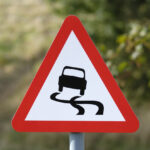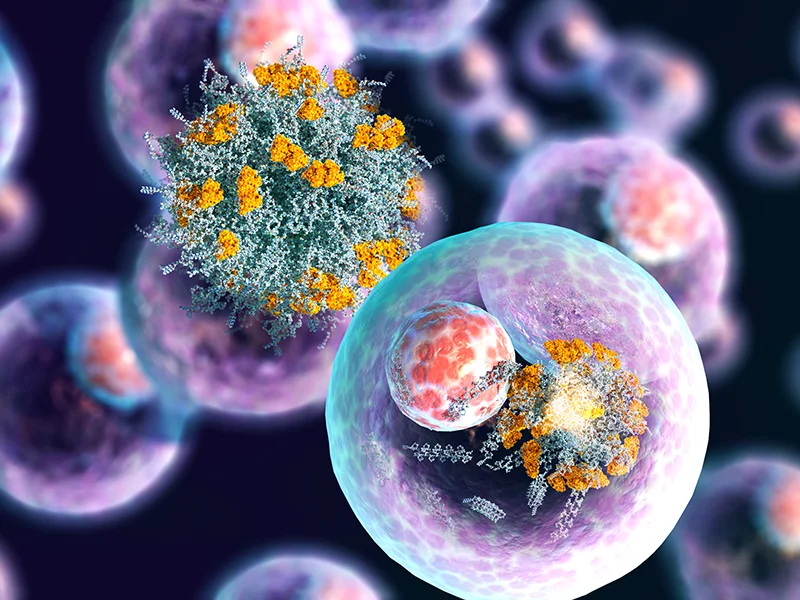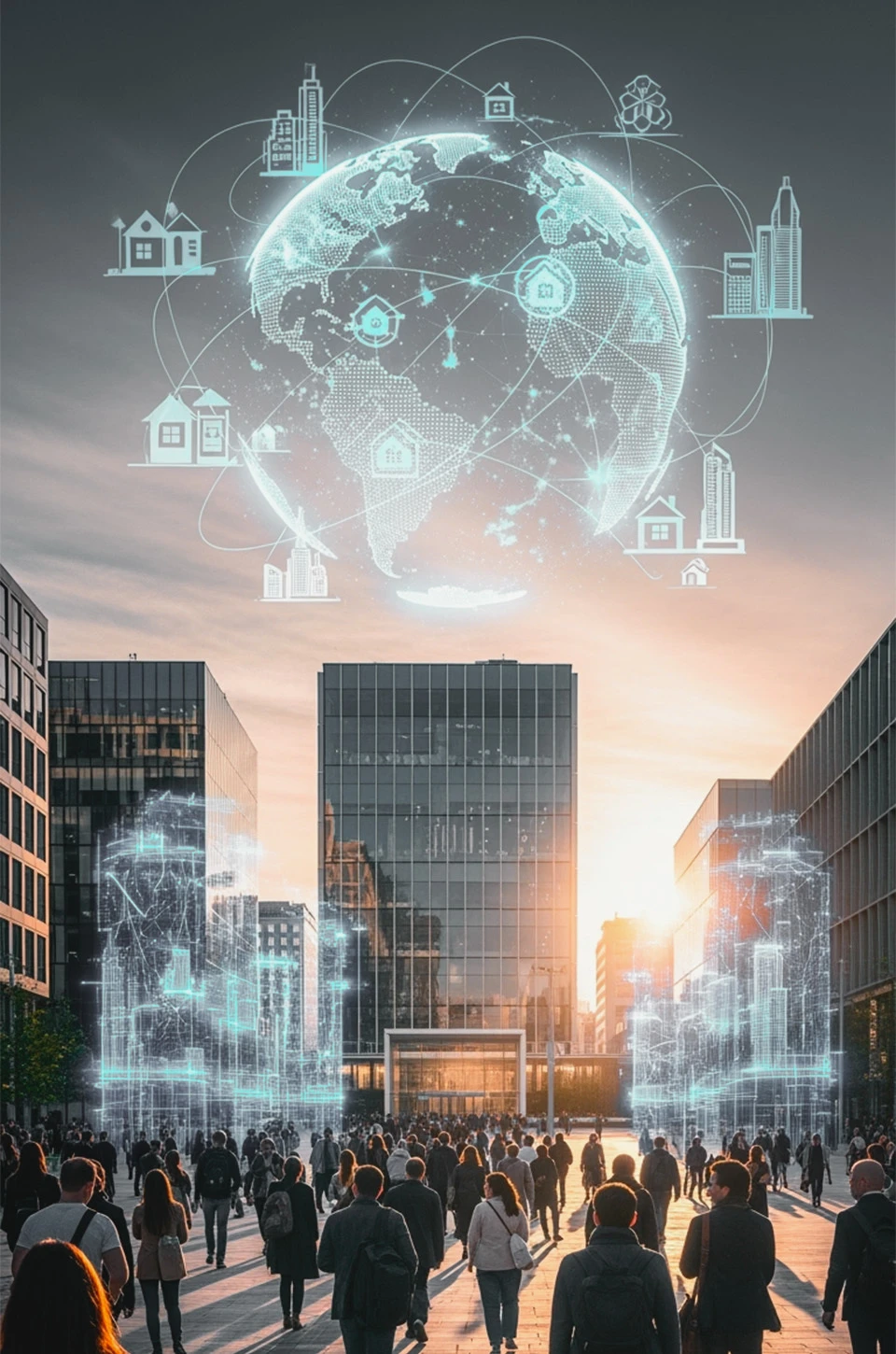Scientific knowledge is often expressed in dense terminology, numerical data, and abstract concepts—formats that can be difficult for non-specialists to interpret. That’s where scientific illustrations and animations come in. These visual tools convert complexity into clarity by fusing artistry with scientific accuracy to inform, train, and engage.

The Unique Utility of Scientific Illustration
Scientific illustrations are meticulously crafted visuals designed to highlight the essence of a subject—ranging from molecular structures and anatomical dissection to ecological systems. Artists trained in both science and visual communication collaborate with researchers to create images that eliminate clutter and emphasize critical structures. These visuals appear in textbooks, peer-reviewed publications, educational resources, and public awareness materials—guiding learners to focus on what matters most.
Illustrations enable simplification: they can depict only relevant details, sequence processes, or combine multiple stages into a single unified image. This deliberate clarity is essential when conveying information that would otherwise be lost or confusing in a photograph or raw text.
Animation: Bringing Scientific Stories to Life
Animations introduce movement and narrative to illustrate processes evolving over time—such as protein folding, cellular interactions, or geological shifts. These tools transform static diagrams into dynamic, curated experiences. By layering motion and storytelling, animations facilitate cognitive learning by combining visual, auditory, and semantic channels—boosting retention and understanding.
Animations also empower diverse audiences: medical animations inform patients about procedures, while public health clips explain virus transmission or environmental risks. By reconstructing scientific processes visually, they foster engagement, spark curiosity, and bridge knowledge gaps.
Impact on Education and Communication
For learners, visuals dramatically increase comprehension—research indicates retention rates nearing 80% when content is actively visualized. Animations and illustrative visuals make abstract ideas concrete and meaningful, especially when linked with narrative and emotional context.
Interactive simulations—such as molecular flipbooks, AR-based anatomy explorations, or immersive VR labs—enable users to manipulate and explore scientific models, reinforcing understanding in ways traditional methods cannot match.
In science outreach and public engagement, animations act as accessible translators. In one notable case, animations transformed complex information about biobanking into easily digestible content that built public trust and comprehension of research practices.
Applications Across Scientific Domains
Scientific illustrations and animations support a wide range of use cases:
- Education: Enhancing textbooks, online courses, and learning platforms with visuals that aid retention.
- Research Communication: Presenting hypotheses and data visually for clarity and partnership across disciplines.
- Medical and Public Health Outreach: Explaining anatomy, disease mechanisms, or preventive measures to non-experts.
- Pharma & Biotech Media: Demonstrating drug delivery paths, molecular interactions, and device functionality through visual storytelling.
- Public Exhibitions & Museums: Delivering immersive displays that demystify topics like astronomy, ecology, or cell biology.
These tools increase accessibility, boost engagement, and foster trust in scientific content.
Emerging Trends & Challenges
The field is rapidly evolving with technology advances:
- Cinematic Scientific Visualization: Visual content designed with lighting, composition, and aesthetics akin to filmmaking, crafted for broader audience appeal.
- Democratized Tools: Platforms allow scientists and educators to generate visuals without needing full animation studios.
- AI-driven Personalization: AI tools are beginning to enable creation of customized visuals grounded in specific datasets or conditions.
- Narrative Design: Effective science visuals increasingly integrate storytelling—using emotional design, round shapes, and color choices to positively influence comprehension.
However, illustration must balance clarity with accuracy. Incorrect or misleading visuals can harm trust. Scientific illustrators often collaborate closely with domain experts to stay updated—for example, refining virus illustrations when new molecular structures are discovered.
Scientific illustrations and animations stand at the intersection of art and knowledge. They make science approachable, memorable, and actionable—for educators, researchers, and the public. As tools become more accessible and adaptable, their impact is set to grow. By turning data into stories and phenomena into visuals, we empower everyone to see science in action—and understand it deeply.











